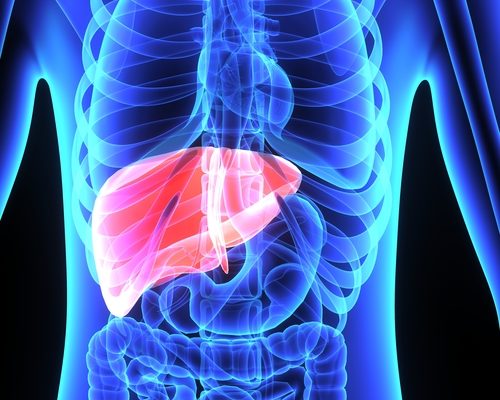
Over time, behaviors like smoking, heavy drinking and poor health take their toll on the internal organs. The liver is a highly resilient organ, but recurring abuse does take a toll. Below, we examine the progression and risk factors associated with liver cancer.
One important thing to remember is that cancers that appear in the liver often originate in other parts of the body. Many times, the liver becomes infected long after other body tissue. According to the Canadian Liver Foundation, “ Additionally, most cancers of the liver begin elsewhere in the body and are spread to the liver. These cancers are not curable through liver transplantation. Tumors that originate in the liver are also usually detected in an advanced stage.”
Certain risk factors are inherent, like your age, gender or your family’s background. Other risk factors like smoking, alcohol consumption, stress and/or exercise levels can be modified to reduce the risk of liver cancer. It should also be noted that just because an individual possesses these trails or factors, that does not mean they will experience the condition.
Here are a few known risk factors for liver cancer:
If you exhibit multiple liver cancer risk factors, be sure to speak with you doctor about liver disease. You may also consult with the doctor at OCRC if you meet our liver study criteria. If you are interested in participating in a clinical trial, please tell us a little more about yourself in the Contact section of the home page and we will respond to you to determine your eligibility for current and future studies.
